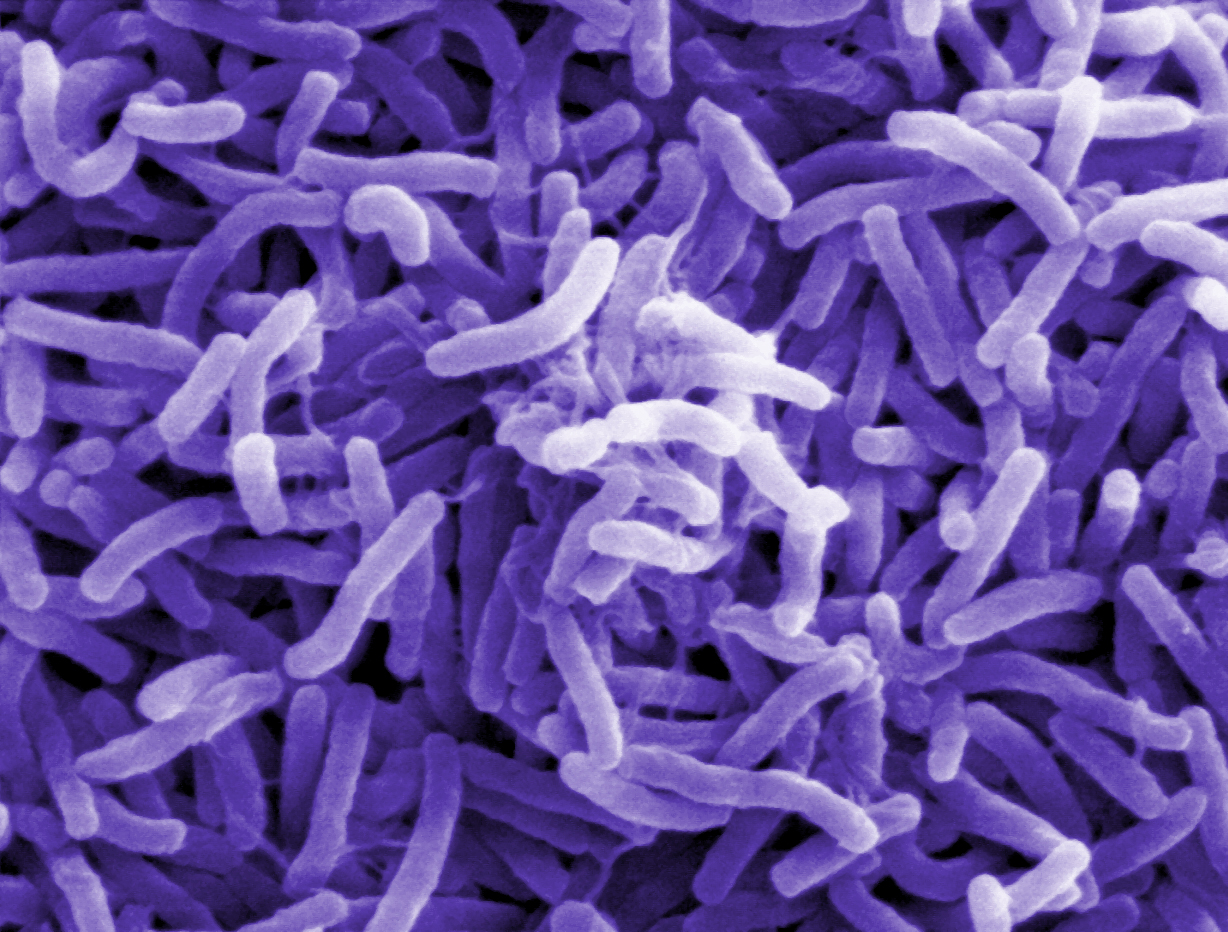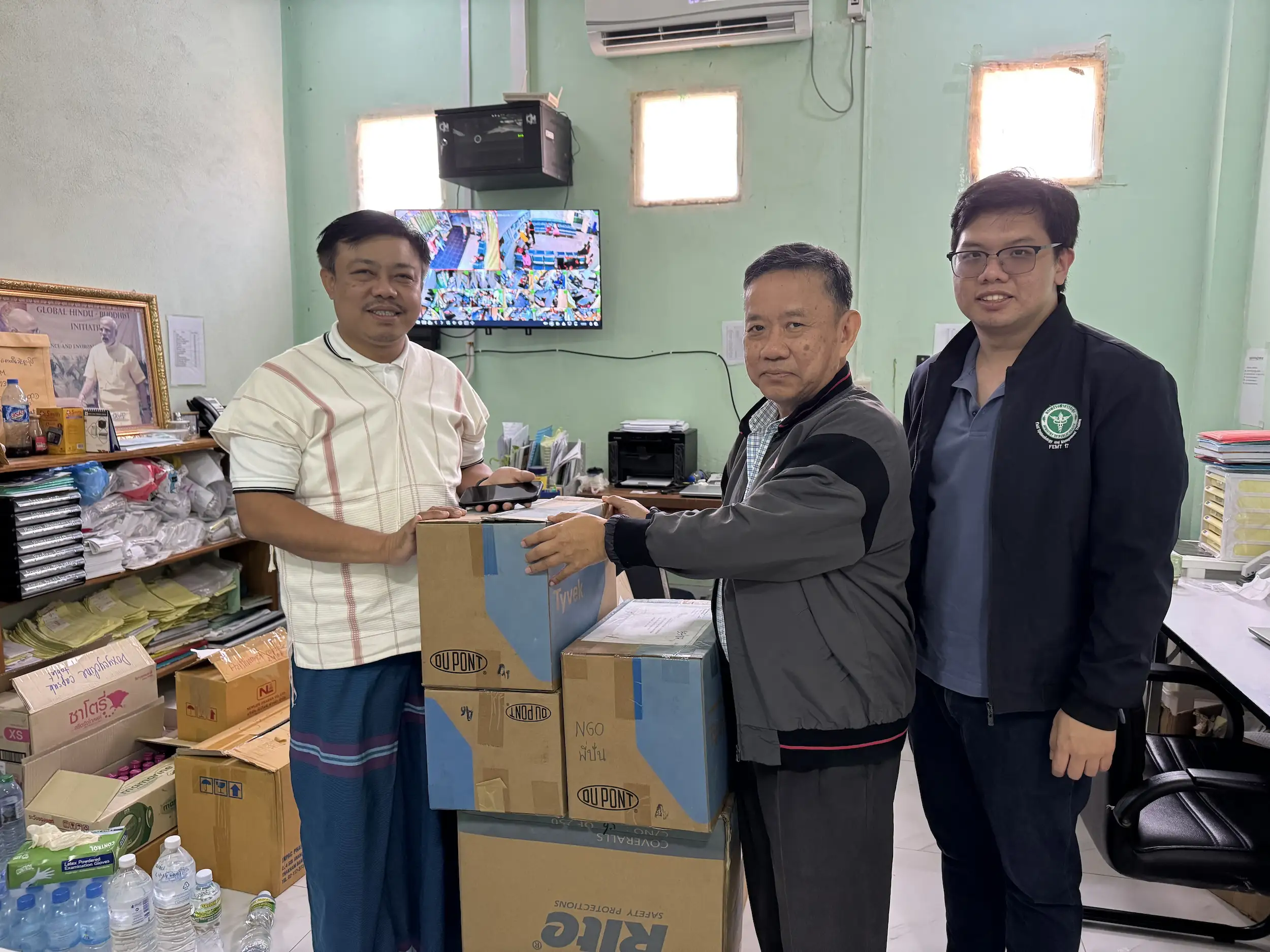-
Epidemics That Didn't Happen
-
LATEST CASE STUDIES
-
FLAGSHIP REPORTS
Epidemics that didn't happen
How Thailand contained cross-border cholera
A cross-border collaboration successfully contained a cholera outbreak that began near the Thailand-Myanmar border. Using 7-1-7, applying lessons from an earlier E. coli outbreak and leveraging an existing coordination mechanism minimized the damage: Only 10 cross-border cases were identified, and no deaths occurred.
About cholera
Cholera is a potentially fatal diarrheal disease; if untreated, it can cause death within hours. Caused by bacteria, it spreads when someone ingests contaminated food or water; cholera is linked to limited access to safe water, inadequate sanitation facilities and poor hygiene practices.
Every year, an estimated 1.3 to 4 million people get cholera, and 21,000 to 143,000 people die.
Most people with cholera have mild or moderate symptoms and can be treated with oral rehydration solution. A minority of patients develop severe, acute watery diarrhea and life-threatening dehydration, which must be treated with intravenous fluids, oral rehydration solution and antibiotics.

What Happened
On December 19, 2024, two people in Myanmar died of cholera very close to the Thailand border. Because an acute watery diarrhea outbreak had recently occurred—in November 2024, over 400 patients visited a Myanmar hospital—Thai officials worried the disease would rapidly spread across the border and escalate to crisis levels. This concern was not unfounded. Large populations of vulnerable people on both sides of the border, and frequent cross-border trips among the area’s migrant population increased the likelihood of expansion.
The Response
Timeline
Target: 7 days
3 days
Emergence
Detection
Target: 1 day
< 1 day
Notification
Target: 7 days
3 days
Response
Immediately after receiving notification of the two Myanmar deaths, Thailand local and NGO staff jumped into action.
Informed by training they had received after an E. coli outbreak the previous April, they knew to immediately sound the alarm using an emergency management system.
A recent November 2024 workshop between twin health centers—it trained local staff from both countries and set up Standard Operating Procedure (SOP) for cross border notification— enabled the immediate transmittal of key notifications. As a result, a series of early response actions were triggered before any cholera cases were detected in Thailand.
A cross-border investigation team of Thai officials, Thai NGOs and Myanmar local hospital staff took action on December 21, conducting a rapid risk assessment and implementing early control measures like risk communication. Street food vendors were asked to temporarily cease sales, and residents of both countries were advised to only eat cooked foods. On December 25, the second team of cross-border investigators set up a disease surveillance system, provided logistical support to teams in Myanmar and conducted an environmental and community survey. Dr. Opas Karnkawinpong, permanent secretary for the Thai Ministry of Public Health, also activated the Emergency Operations Center in Tak Province.
Collaboration was also key: As the hospital in Myanmar became overwhelmed with cases, Thai authorities worked with health leaders to set up seven field outreach teams to curb the disease spread in Myanmar. Thai officials also supplied the teams with essential resources.
Two Thai protocols were also particularly useful. After the E. coli outbreak took 55 days to detect, the country knew the importance of prioritizing early detection. In response, it strengthened a protocol between NGO and local staff and strengthened a cross-border protocol between health center staff in Thailand and Myanmar. The latter helped Thailand receive critical notifications from Myanmar and establish a communication channel to report daily on Acute Watery Diarrhea (AWD) from the Myanmar hospital.

“We mobilized antibiotics, hydrating fluids and chlorine tablets,” said Dr. Peeriya Watakulsin, a physician and field epidemiologist at Thailand’s Department of Disease Control. These interventions quickly brought down the number of cases. Thai public health teams also conducted active surveillance for potential cases and carriers by testing and treating food from vendors in border areas. Throughout the outbreak period, Thailand ensured that the water supply’s chlorine level was sufficient to kill bacteria. In total, only ten cholera cases spread to Thailand, and the country successfully averted what could have easily become a major crisis.
After the E. coli outbreak, we used 7-1-7 to identify several areas for improvement and put new procedures in place. That directly led to an improved detection and response in this outbreak.
Dr. Peeriya Watakulsin, Department of Disease Control, Thailand
Enablers
Cross-border surveillance, collaboration and communication
Real-time outbreak monitoring tools
Communicable disease control training for local and NGO staff
Learning from the earlier E. coli experience
In April 2024, an outbreak—1,800 cases of E. coli diarrhea—occurred in temporary shelters along the Myanmar/ Thailand border. Dr. Watakulsin was familiar with the 7-1-7 target, and he and his team decided to pilot the approach and test the efficacy of the health system in containing the outbreak. It took 55 days to detect the outbreak, less than a day to notify authorities and eight days to initiate all aspects of the response, which meant that the E. coli outbreak only met the second component of the 7-1-7 target.
Dr. Watakulsin worked with local hospitals, the provincial and district health offices, and related NGOs to identify both bottlenecks and enablers. There were formidable challenges. For example, local government and NGO staff lacked adequate training to prevent food and waterborne disease outbreaks; there was unclear protocol to detect and report the outbreak within the temporary shelter community; and government staff failed to open emails about the outbreak.
In response to findings from the 7-1-7 assessment, Thailand’s Department of Disease Control developed a dashboard for NGO staff to monitor future outbreaks. At the same time, Thai hospitals trained NGO workers who can cross the border to contain outbreaks, emphasizing that proper hygiene and water sanitation are essential to outbreak prevention. Thai health authorities also strengthened communication between local public health teams and NGO staff by leveraging a Joint Information and Coordination Center.
In Myanmar, staff had limited capacity to diagnose the cause of diarrheal illness, so Thai officials worked with them to develop the protocol that was later used in the cholera outbreak.
“These responses show the importance of coordination and collaboration across countries and the power of using 7-1-7,” Dr. Watakulsin said. “We are now working to roll out 7-1-7 to improve future outbreak responses across Thailand’s 13 health regions and 77 provinces. We will also continue collaborating with our colleagues in Myanmar and use 7-1-7 to better protect residents in both our countries.”
Do you know of an epidemic that didn't happen?
If so, we’d love to highlight your story. Please reach out to
info@resolvetosavelives.org